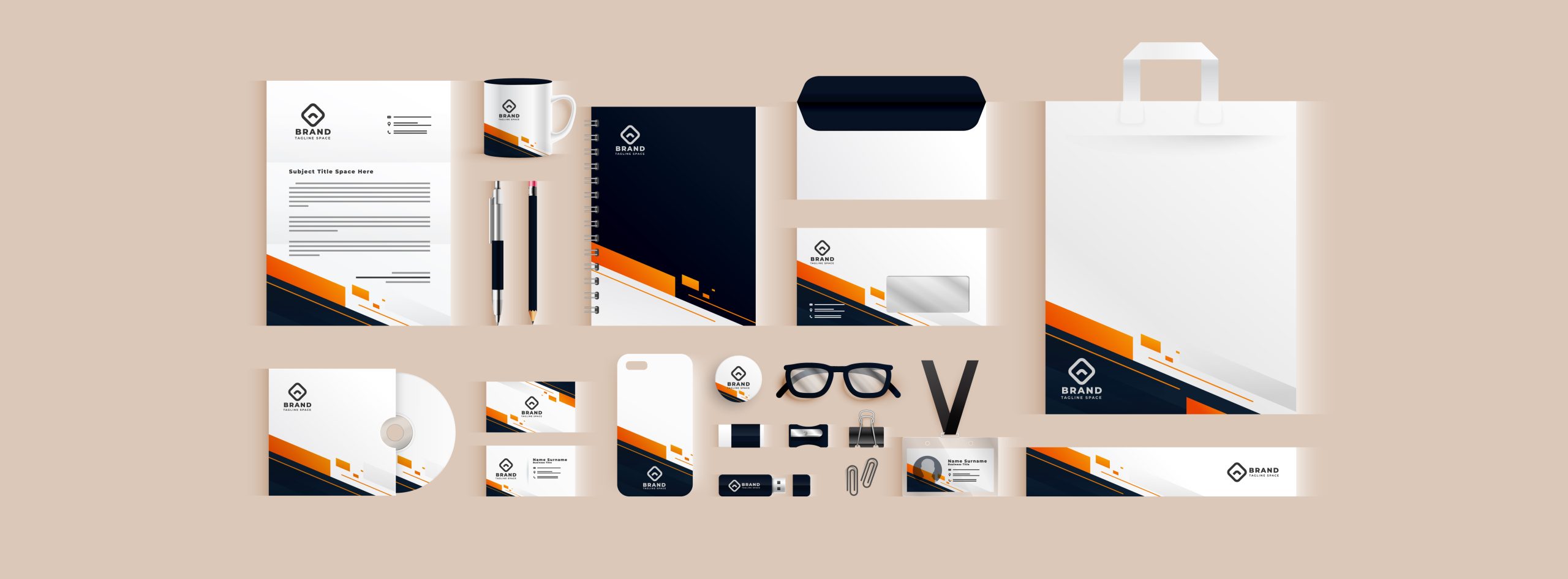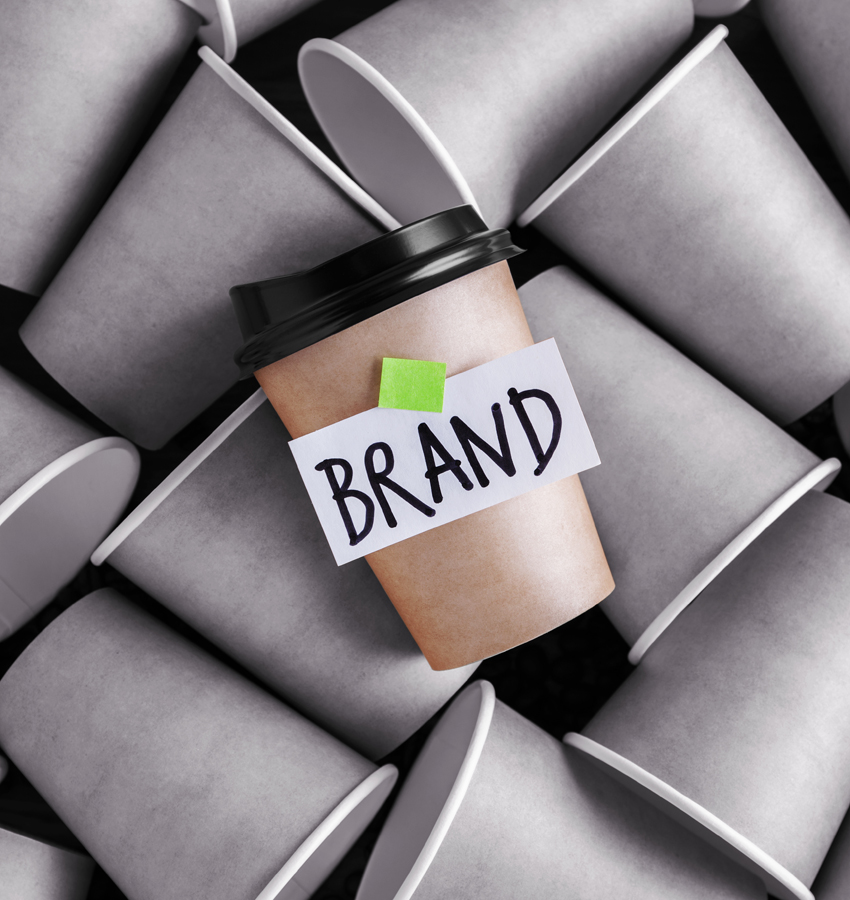
Introduction
Brand identity is all about giving an inanimate entity i.e. a company a unique “personality” to distinguish it from all other companies, and shape market perceptions about it. It involves creating and projecting specific values and capabilities through imagery, spoken and textual expression, and customer experience of products and services. In this blog let’s explore the Enhancing Brand Identity in Packaging with Typography.
Packaging, for instance, is a canvas for all three- certainly imagery for engagement and advertisement, but also lots of textual elements on the front, back, and side panels of a package. Over the last 100 years or so as Lithography and color printing at scale became the commercial standard, textual element selection and placement on packaging also evolved into packaging typography.
Typographical Principles
Typography has a rich history going back thousands of years. It first referred to the seals and punches used to mint coins in ancient times. By the 12th century, printing on silk, and later on paper had begun in China and Korea using movable letters and characters made of clay and metal. Today the term refers to the art and technique of design, stylization, selection, and arrangement of fonts, line lengths, etc. to produce textual content that satisfies the twin requirements of readability and aesthetic appeal.
Considering the wide applications of typography in printing, art, advertising, etc. on substrates as varied as paper, plastic sheet, metal, and wood, and on all types of surfaces, specialized domain-specific typographical principles have emerged that are outside the scope of this article. However, the fundamental principles remain Legibility, Readability, and Aesthetics.
Legibility is about how easy it is to distinguish one letter from another. This therefore covers requirements of appropriate font sizes, and choice of fonts suitable for the medium. Cursive, for example, is certainly not suitable for a warning about nut allergies! Readability is a different thing, however. It is about word and sentence structure that makes the entire message easy to read and comprehend. A good typographer is good at both.
Aesthetics is based on two qualities
- The first is about creating a certain “atmosphere”. For example, Serif fonts date back to medieval times. As such they are ideal for brands that want to convey values like “timelessness”, “old world class”, “quality and craftsmanship”, etc. Sans Serif goes the other way, emphasizing “light weight”, “function over form”, and “futurism”. Similarly Script fonts suggest Retro and Luxury, while Decorative fonts are suggestive of “Fun”, “Playfulness”, and “Festivity”. and sans serif fonts create a mood of practical, serious work, while decorative fonts are festive and playful. Beyond font type, font size, mixing and matching, italics and caps vs. lowercase all contribute to the overall “feel”.
- The second principle is that of “light vs. dark”, and has to do with the same idea that in modern times resume writers use to ensure the right balance of content and white spacing in a resume. Too little content means an expanse of emptiness, while too much means the reader essentially sees a block of text (trust us, nobody wants to see that!) This feeling of “darkness” or “color” is influenced by the space between letters, words, lines, and paragraphs; and the shape of the letters themselves.
To Recap, if you are either a designer, or a client who needs a checklist for brand-enhancing typography, ensure the following:
- Aesthetic and emotional associations are social constructs with foundations in psychology, sociology, and culture. They are not exact sciences. Therefore decide upfront whether your typography should convey experimentation, or predictability!
- That said, Serif fonts convey tradition; sans serif fonts convey modern and futurist tendencies.
- Caps are powerful, while lowercase is informal.
- The message is more important than the typography. Always prioritize the message, but ensure the font and formatting creates the right setting to make the message impactful
Conclusion
In Packaging graphics, typography announces the brand, draws attention to engaging content, informs, entertains, and builds trust. This article is only an introduction to what is a vast world of scientific, technical, and artistic principles and practices about creating text that is both memorable and impactful.



